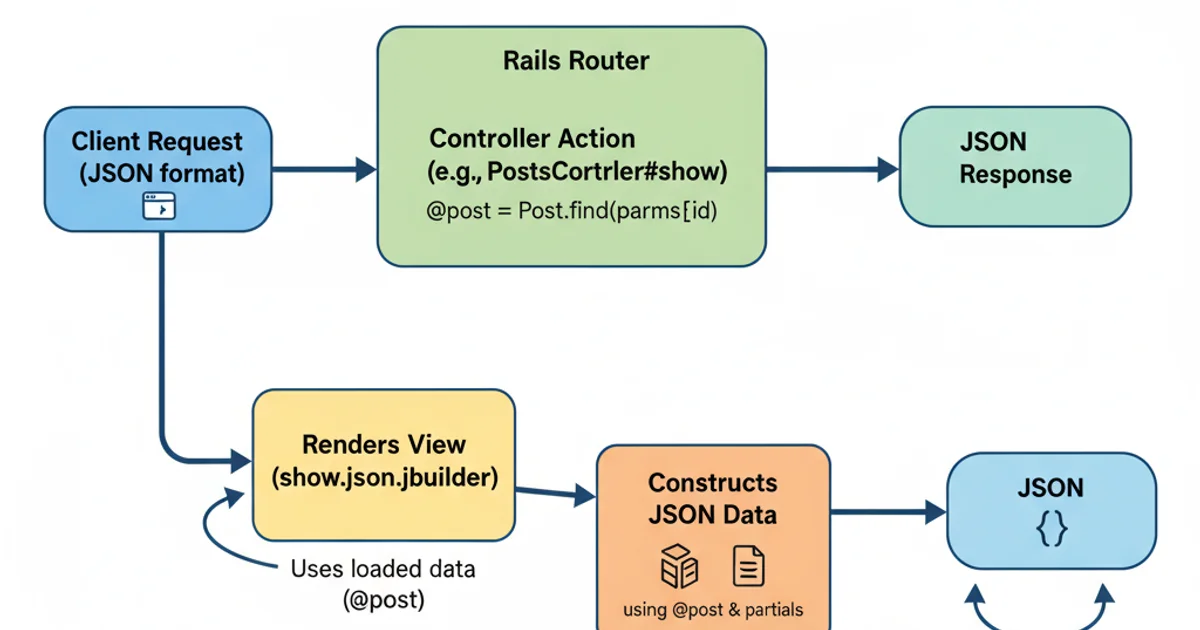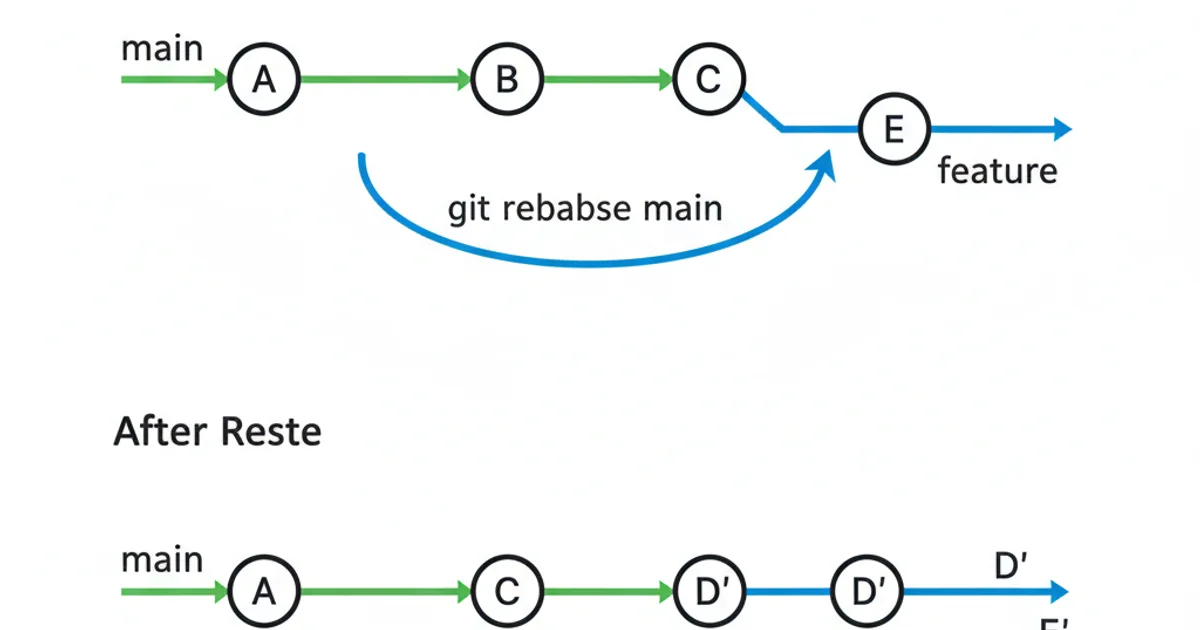When do you use Git rebase instead of Git merge?
Categories:
Git Merge vs. Git Rebase: Choosing the Right Strategy

Understand the core differences between Git merge and Git rebase, and learn when to use each for a cleaner, more manageable commit history in your development workflow.
In Git, managing divergent branches is a fundamental aspect of collaborative development. When you have changes on one branch that you want to integrate into another, you typically have two primary options: git merge and git rebase. While both achieve the goal of combining work, they do so in fundamentally different ways, each with its own implications for your project's commit history. Choosing between them depends on your team's workflow, the desired history, and whether you're working on local or shared branches.
Understanding Git Merge
git merge is a non-destructive operation that combines the histories of two branches. When you merge, Git takes the tips of the two branches and their common ancestor, and creates a new "merge commit." This merge commit has two parent commits, effectively preserving the exact history of both branches. It's a straightforward and safe way to integrate changes because it doesn't rewrite any existing commits.

Visual representation of a Git merge operation
git checkout main
git merge feature
Basic Git merge command
git merge --no-ff to always create a merge commit, even if a fast-forward merge is possible. This explicitly records that a merge occurred, which can be useful for tracking branch history.Understanding Git Rebase
git rebase is a powerful operation that rewrites commit history. Instead of creating a new merge commit, rebase takes a series of commits from one branch and reapplies them one by one onto another base branch. This effectively moves the entire feature branch to begin at the tip of the target branch, creating a linear history. The original commits are not destroyed, but new commits with different SHA-1 hashes are created, making it a destructive operation in terms of history.

Visual representation of a Git rebase operation
git checkout feature
git rebase main
Basic Git rebase command
When to Use Git Merge
Git merge is generally preferred when:
- Preserving history is crucial: If you need an accurate, non-linear record of exactly when and how changes were integrated, merge is the way to go. The merge commit explicitly shows the integration point.
- Working on public/shared branches: Merging is safe for branches that others have already pulled and are working on, as it doesn't rewrite history.
- Simplicity is key: For quick integrations without needing to clean up commit history, merge is often simpler and faster.
- Feature branches are long-lived: If a feature branch has a complex history with many intermediate commits that you want to keep, merging preserves that context.
When to Use Git Rebase
Git rebase is generally preferred when:
- Maintaining a clean, linear history: If you want your project's history to look like a single, straight line of development without merge commits, rebase is ideal. This makes the history easier to read and understand.
- Integrating changes from
maininto a local feature branch: Before merging your feature branch intomain, rebasing your feature branch onto the latestmaincan help resolve conflicts earlier and ensure your feature is built on the most up-to-date code. - Cleaning up local commits:
git rebase -i(interactive rebase) allows you to squash, reorder, edit, or delete commits before integrating them, creating a much cleaner feature branch history. - Working on private/local branches: Rebase is safe to use on branches that have not yet been pushed to a shared remote or are only being worked on by you.
main to incorporate the latest changes, resolve conflicts locally, and then merge the rebased feature branch into main (often with a fast-forward merge if possible, or --no-ff for an explicit merge commit).Key Differences and Considerations
The fundamental difference lies in how they handle history:
- History: Merge preserves history, creating a new commit. Rebase rewrites history, creating new commits for the rebased changes.
- Linearity: Merge results in a non-linear history with merge commits. Rebase results in a linear history.
- Safety: Merge is generally safer for shared branches. Rebase should be used with caution on shared branches due to history rewriting.
- Conflict Resolution: Both can lead to conflicts. With merge, you resolve conflicts once in the merge commit. With rebase, you might resolve the same conflict multiple times if it occurs across several rebased commits.
Ultimately, the choice between merge and rebase often comes down to team preference and project guidelines. Many teams adopt a hybrid approach, using rebase for local cleanup and integrating main into feature branches, and then using merge for the final integration into main.